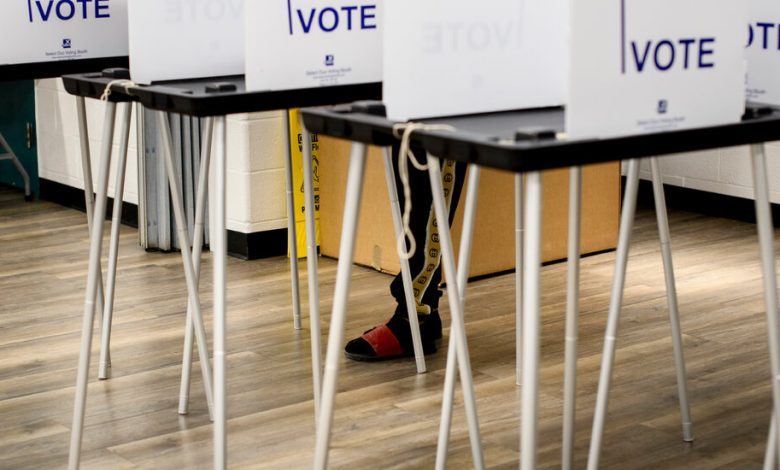Racial Turnout Gap Has Widened With a Weakened Voting Rights Act, Study Finds

When the Supreme Court knocked down a core part of the Voting Rights Act in 2013, Chief Justice John G. Roberts Jr. argued that some of the law’s protections against racial discrimination were no longer necessary.
He wrote that the once-troubling turnout gap between white and Black voters in areas with histories of discrimination at the polls had largely disappeared, and that “the conditions that originally justified” the civil rights law’s attention to these places, mostly in the South, no longer existed.
But a new, yearslong study by the Brennan Center for Justice, a nonpartisan think tank focused on democracy and voting rights issues, suggests otherwise.
Before the decision, counties with a history of racial discrimination at the polls were required to obtain permission from the Justice Department before changing voting laws or procedures. This was known as “preclearance” under Section 5 of the Voting Rights Act, and it was the Supreme Court’s 2013 decision in Shelby County v. Holder that effectively killed this part of the law.
Since that decision, the gap in turnout rates between white and nonwhite voters “grew almost twice as quickly in formerly covered jurisdictions as in other parts of the country with similar demographic and socioeconomic profiles,” the Brennan study found.
The “racial turnout gap” refers to the difference in the percentage of eligible white and nonwhite voters who cast a ballot in a given election. This gap is watched closely by voting rights groups and civil rights leaders as an indication of potentially harmful laws or procedures that could have suppressive effects on communities of color.



